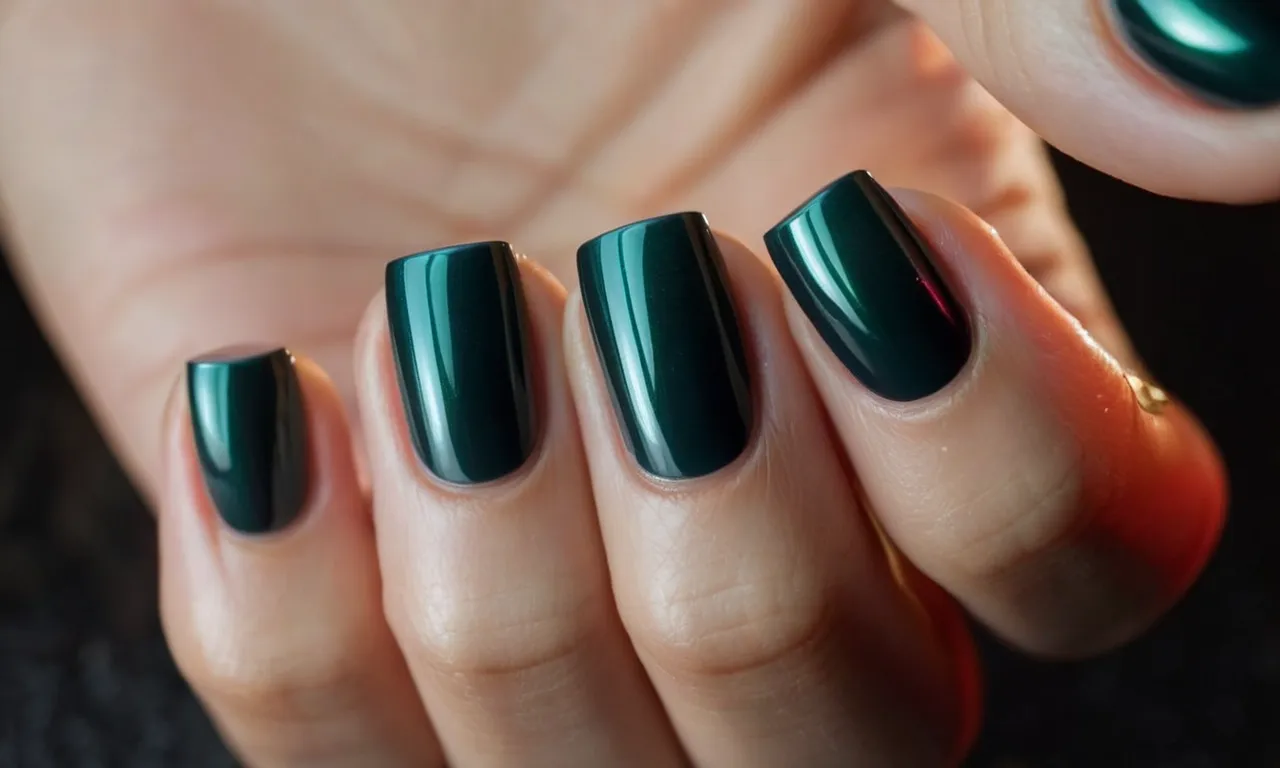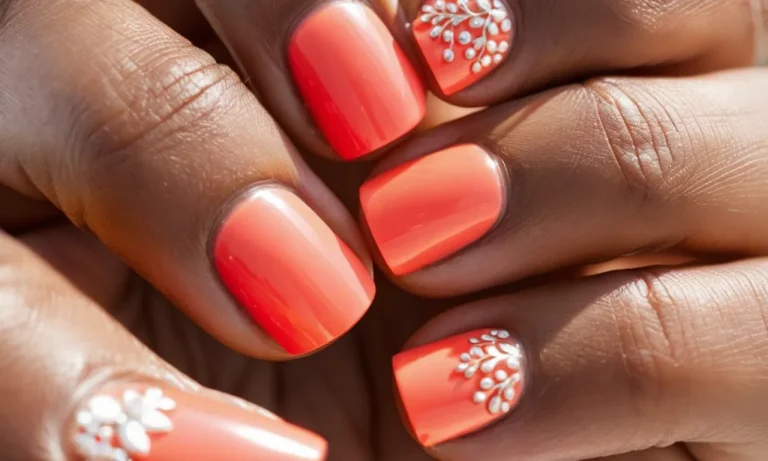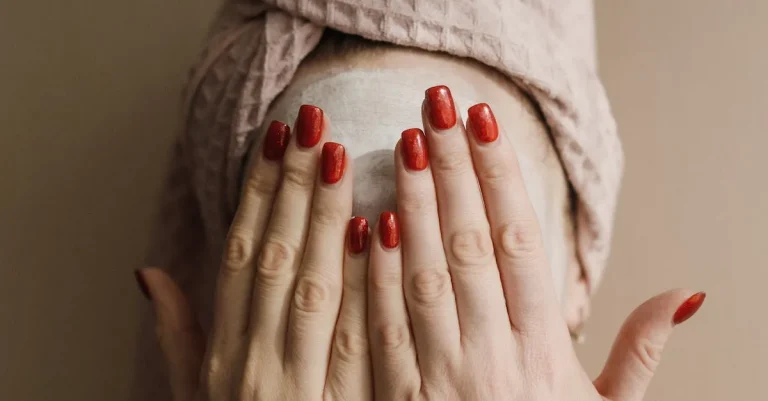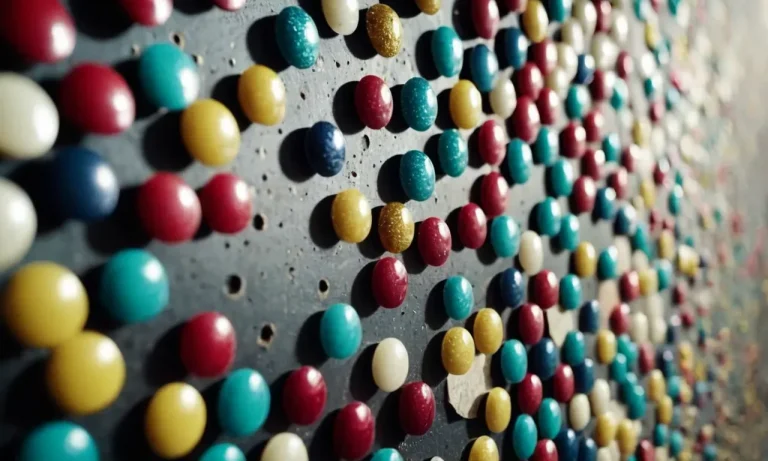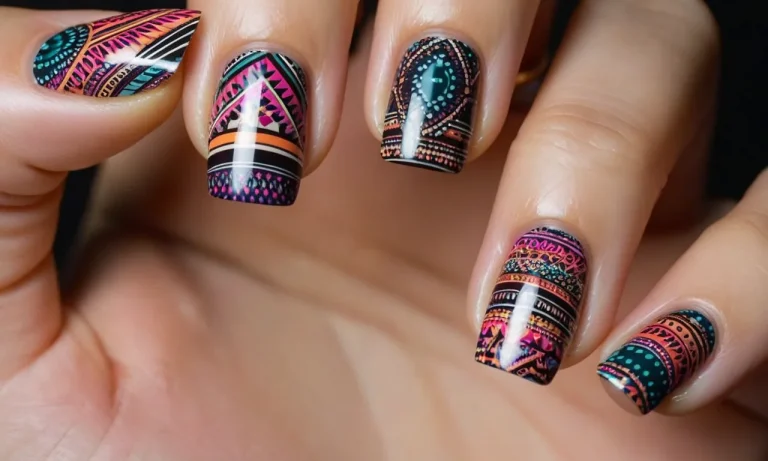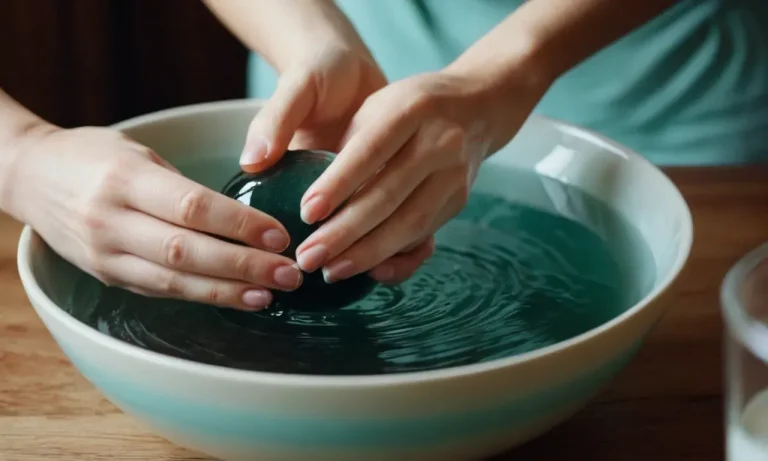Does Gel Nail Polish Chip? A Comprehensive Guide
If you just got a fresh gel manicure and are wondering how long it will last before chipping, you’ve come to the right place. Gel polish is known for its durability and long-lasting shine, but it can still chip over time.
Read on for a detailed look at what causes gel chips and tips to make your manicure last.
If you’re short on time, here’s the quick answer: Gel nail polish can chip due to factors like improper application and removal, nail trauma, oil exposure, and growth. With proper care between appointments, a gel mani can last 2-3 weeks without chips.
What Causes Gel Nail Polish to Chip
Gel nail polish is known for its ultra-glossy finish and impressive durability. However, even the toughest gel manicures can become susceptible to chipping over time. Below are some of the top causes of gel chip damage and how to avoid them for the perfect, long-lasting mani.
Improper Application
Applying gel polish incorrectly is one of the biggest reasons it begins to chip. According to industry experts, the top mistakes include:
- Not properly prepping the nail plate first
- Failing to completely cure each layer under the LED or UV lamp
- Applying layers too thickly
- Skipping the crucial top coat layer
Following each step of the gel manicure application meticulously is key to getting the most wear without chips or peels.
Improper Soak-Off Removal
Aggressively scraping off old gel instead of properly soaking it first can damage the nail bed. This leads to an uneven surface for the new gel layers, causing them to chip more quickly. Invest in acetone wrapping kits and gentle scrape tools to protect nails during removal.
Nail Trauma and Damage
Just like natural nails, gel manicures are still prone to chipping from trauma and impact. According to a Nails Magazine report, over 50% of respondents cited frequent activity involving their hands as the reason their gel manis chipped. Wearing gloves for cleaning, gardening etc.
can help shield the polish.
Oil Exposure
Coming into frequent contact with oils, lotions or household cleaning products can break down the integrity of gel polish. The bonding agents react poorly with oils. Wearing gloves for moisturizing and cleaning can help prevent this exposure and chips occurring as a result.
Nail Growth
As natural nails grow out, gel polish can begin peeling back with them. Most manicures start showing small gaps and chips after 2-3 weeks of new growth. Sticking to regular fills every 2 weeks can combat this issue.
Alternatively, gently filing down nail tips helps blunt back-lifting and related chips as well.
Paying attention to these common gel polish failure points is key for getting the most wear without unsightly chips. Implementing best practices for application and removal while avoiding exposure to excessive oils and trauma can help you rock an ultra-durable, resilient gel mani.
Tips to Prevent Gel Polish From Chipping
Get Proper Gel Application
Having your gel manicure applied correctly by a professional nail technician is key for long-lasting polish. They should prep the nail bed properly by removing any oils from the nails with alcohol, then applying gel primer before the gel base coat.
Getting a clean and thorough application prevents premature chipping or peeling.
An experienced manicurist will also apply each gel layer carefully and cure them for the full recommended times under an LED or UV lamp. Rushing through the process can lead to bubbling or shrinkage of the polish layers which will then chip or peel off easily.
Avoid Picking and Peeling
One of the most common ways gels start to lift and chip is from clients picking at the edges when they start to come loose. Even tiny cracks let air in under the gel which breaks the layers’ adhesion and leads to full-on chipping and peeling.
You may be tempted to peel off polish that is already lifting but this will damage the nail underneath! File off loose gel edges instead and get a fill or new set to prevent spread of the lifting.
Use Cuticle Oil Sparingly
While nail oil is important for healthy cuticles, overuse under your gel polish can break down adhesion and cause it to lift from the nails. Only apply oil to the skin around your nails, not on top of the gel itself.
Massage oil into the sidewalls and over any hangnails once a day, then wipe the nail plate gently with a tissue to remove excess. Vitamin E oil or jojoba oil are light options to try.
Get Fills Before Growth Causes Lifting
As your natural nails grow out, areas may start lifting from the underside of the gel polish or from sidewalls when oil gets trapped beneath.
To prevent chipping and full-on peeling, be sure to get fill appointments every 2-3 weeks. The nail tech will file off lifted edges, roughen the grown out section of your nails, apply fresh gel, and cure it to reseal your whole manicure.
How to Fix Chipped Gel Nail Polish
Filing and Buffing
When gel polish starts to chip, often the best first step is gently filing and buffing the nails. Use a 100/180 grit file to lightly smooth down any raised edges where the polish has started to lift from the nail bed. Be very careful not to file the natural nail, just focus on the gel polish.
After filing, use a buffing block to smooth and shine the nail surface. This helps blend the chipped edges and prepares the nail for a top coat or reapplication.
According to nail care experts, you should “always buff the shine off gel polish before doing a fill or repair” (Nailsmag). This allows the new layers of gel to properly adhere. Alternatively, you can also use gel cleaner/primer before reapplication instead of buffing for better results.
Gel Top Coat
If the chipping is minor, applying a quality gel top coat can help smooth things out and prolong the manicure. Use a no-wipe gel top coat and apply a thin layer over the entire nail, allowing it to cure in an LED lamp for 30 seconds.
This can help seal down rough edges and provide a protective barrier. However, be warned that excessive layers of top coat can start to feel thick and start peeling quickly.
| Sally Hansen | Gel Top Coat | $10 |
| OPI | Top Coat Gel | $18 |
| Bio Seaweed | Gel Top Coat | $15 |
Full Gel Reapplication
When more than 25-30% of the nails are chipped, it’s time for a full removal and reapplication. Remove all remaining gel polish with an acetone soak-off kit or at your nail salon. Once the nails are blank canvases, sanitize them and apply new base gel, color gel, and top gel layers.
While more time-consuming than a simple touch up, this provides smooth and even coverage.
Most brands recommend a full gel manicure every 2-3 weeks for best results. Going longer starts to break down the layers of product and can lead to cracked polish and lifting near the cuticles. Be diligent with touch-ups and top coats to maximize wear time between full sets.
Taking good care of your manicure is key to avoiding chips in gel polish.
Conclusion
While gel manicures are less prone to chips than regular polish, they can still crack or lift over time. By getting properly done applications and removals, avoiding oil and trauma, and staying on top of fills, you can get a pristine, shiny gel mani that lasts up to 3 weeks without any chips.
With the right care and maintenance, your gel polish will resist chips and keep your nails looking flawless.

